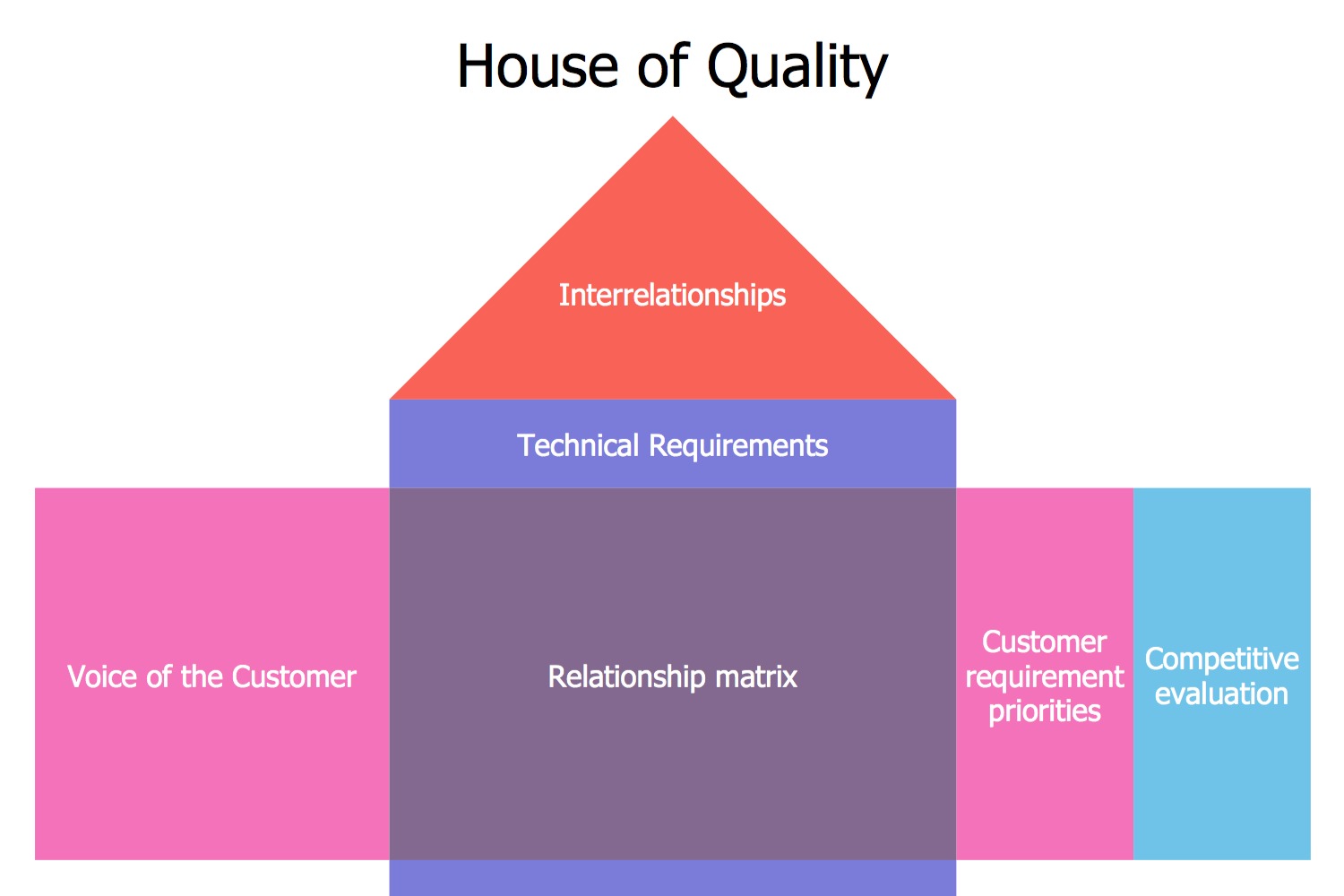
What is the House of Quality? The House of Quality is a tool used in quality management and product development. It helps teams translate customer needs into engineering characteristics for a product. Imagine a blueprint that aligns what customers want with how a company can deliver it. This method ensures that every feature of a product meets customer expectations. Originating from Japan, it has become a staple in industries worldwide. Companies use it to improve products, streamline processes, and boost customer satisfaction. Curious about how it works? Let’s dive into 33 intriguing facts about the House of Quality!
What is House of Quality?
House of Quality (HoQ) is a part of the Quality Function Deployment (QFD) process. It helps organizations translate customer needs into engineering characteristics for a product or service. Let's dive into some fascinating facts about this powerful tool.
-
Origin: HoQ was first developed in Japan in the late 1960s by Mitsubishi's Kobe shipyard.
-
Purpose: It aims to ensure that the voice of the customer is heard and incorporated into the design and production process.
-
Structure: The HoQ matrix resembles a house, with a roof, body, and foundation, hence the name.
-
Customer Needs: The left side of the matrix lists customer requirements, often called "whats."
-
Technical Descriptors: The top of the matrix lists technical requirements, known as "hows."
-
Relationships: The body of the matrix shows the relationship between customer needs and technical descriptors.
-
Prioritization: It helps prioritize which technical requirements are most important based on customer needs.
-
Competitive Analysis: The right side of the matrix often includes a competitive analysis to compare how well competitors meet customer needs.
-
Correlation Matrix: The roof of the house shows the correlation between different technical requirements.
-
Target Values: The bottom of the matrix includes target values for each technical requirement.
Benefits of Using House of Quality
Understanding the benefits of HoQ can help organizations appreciate its value and implement it effectively.
-
Customer Focus: HoQ ensures that customer needs are at the forefront of the design process.
-
Improved Communication: It fosters better communication between different departments within an organization.
-
Reduced Development Time: By clarifying requirements early on, HoQ can help reduce the time needed for product development.
-
Enhanced Quality: Products designed using HoQ are more likely to meet customer expectations, leading to higher quality.
-
Cost Savings: By identifying key requirements early, organizations can avoid costly redesigns and modifications later.
-
Competitive Advantage: HoQ can help organizations develop products that outperform competitors in key areas.
-
Risk Management: It helps identify potential risks and challenges early in the design process.
-
Documentation: HoQ provides a clear and structured documentation of the design process.
Steps to Create a House of Quality
Creating an HoQ involves several steps, each crucial for its success.
-
Identify Customer Needs: Gather and list customer requirements through surveys, interviews, or focus groups.
-
Determine Technical Requirements: Identify the technical aspects that will meet the customer needs.
-
Relate Customer Needs to Technical Requirements: Fill in the matrix to show how each technical requirement addresses customer needs.
-
Conduct Competitive Analysis: Compare how well competitors meet these customer needs.
-
Set Target Values: Establish target values for each technical requirement to guide the design process.
-
Analyze Correlations: Use the correlation matrix to identify how different technical requirements interact with each other.
Real-World Applications of House of Quality
HoQ isn't just a theoretical tool; it's used in various industries to improve products and services.
-
Automotive Industry: Companies like Toyota use HoQ to design cars that meet customer expectations for safety, performance, and comfort.
-
Electronics: Firms like Samsung and Apple use HoQ to develop innovative gadgets that cater to consumer desires.
-
Healthcare: Hospitals and clinics use HoQ to improve patient care by aligning services with patient needs.
-
Software Development: Tech companies use HoQ to ensure their software meets user requirements and provides a seamless experience.
-
Construction: Builders use HoQ to design buildings that meet client specifications and regulatory standards.
-
Aerospace: Aerospace companies use HoQ to design aircraft that meet stringent safety and performance criteria.
Challenges in Implementing House of Quality
Despite its benefits, implementing HoQ can be challenging.
-
Complexity: The process can be complex and time-consuming, requiring significant effort and resources.
-
Data Collection: Gathering accurate and comprehensive customer needs can be difficult.
-
Interdepartmental Coordination: Effective implementation requires coordination between various departments, which can be challenging in large organizations.
Bringing It All Together
House of Quality is a powerful tool for improving products and services. It helps teams focus on what customers really want, translating those needs into specific actions. By using this method, companies can boost customer satisfaction and stay ahead of the competition.
Understanding the basics of House of Quality can make a big difference in how you approach projects. It’s not just for big companies; small businesses can benefit too. The key is to listen to customers, prioritize their needs, and work together to meet those goals.
So, whether you're new to House of Quality or looking to refine your skills, remember that it's all about making better products for happier customers. Give it a try and see how it can transform your approach to quality and customer satisfaction.
Was this page helpful?
Our commitment to delivering trustworthy and engaging content is at the heart of what we do. Each fact on our site is contributed by real users like you, bringing a wealth of diverse insights and information. To ensure the highest standards of accuracy and reliability, our dedicated editors meticulously review each submission. This process guarantees that the facts we share are not only fascinating but also credible. Trust in our commitment to quality and authenticity as you explore and learn with us.
